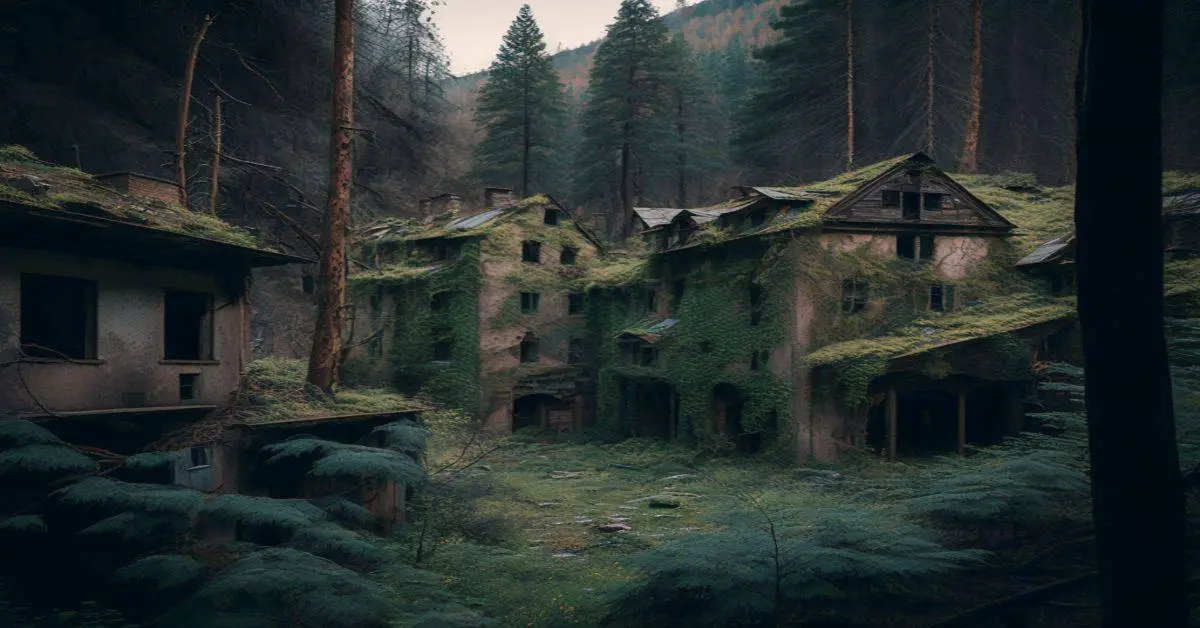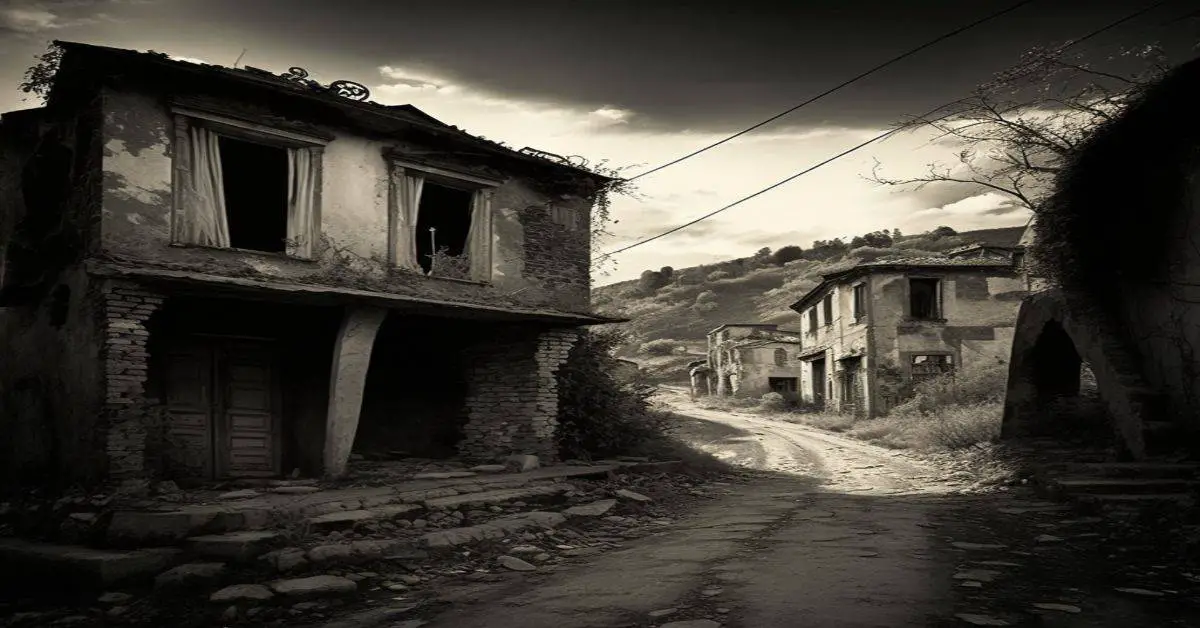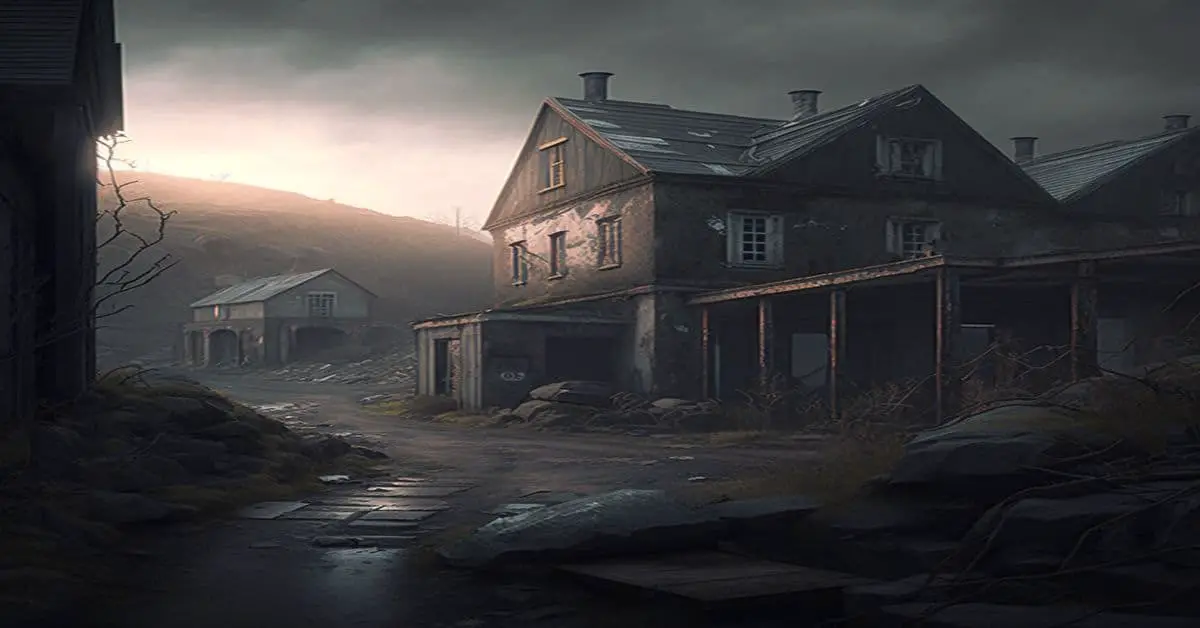Ghost towns have always been a source of fascination for adventurers, tourists, and history buffs alike. These deserted settlements, often characterized by empty streets and abandoned buildings, stand as a testament to the passage of time and the ever-changing nature of human societies.
But why did these towns become ghost towns in the first place? In this article, we will explore the various reasons behind the creation of ghost towns and understand the factors that led to their decline and eventual abandonment.
Economic Collapse
One of the primary reasons why towns become ghost towns is economic collapse. When the economic activity that supported a town’s existence fails or declines, the town’s population often dwindles, and businesses shut down. This can be particularly true for towns that sprung up around a specific industry or resource, such as mining or lumber.
Boomtowns Turned Ghost Towns
Many ghost towns were once thriving communities known as boomtowns, which experienced rapid growth and prosperity due to the discovery of a valuable natural resource like gold, silver, or oil.
These towns would often spring up seemingly overnight, attracting prospectors, workers, and entrepreneurs eager to capitalize on the newfound wealth. However, when the resource was depleted or when market prices declined, the town’s economy would collapse, leading to mass migration and abandonment.
Examples of such boomtowns turned ghost towns across the United States, especially in the western regions where mining was a significant industry. Towns like Bodie, California, and Rhyolite, Nevada, were once bustling centers of gold mining but are now deserted and preserved as tourist attractions.
Changes in Access and Infrastructure
Another reason why towns become ghost towns is changes in access and infrastructure. When a town loses its connection to major transportation routes, such as highways, railroads, or shipping lanes, it can become isolated and economically unsustainable.
For instance, numerous ghost towns in the United States were created when railroads were abandoned or rerouted, leaving the towns without a vital link to the outside world. Similarly, the construction of new highways and interstates often led to the bypassing of smaller towns, causing their populations to dwindle and businesses to close.
Natural Disasters
Natural disasters can also play a significant role in creating ghost towns. Earthquakes, landslides, floods, and fires can cause extensive damage to a town’s infrastructure, rendering it uninhabitable and leading to the mass exodus of its residents.
In some cases, the disaster may be so severe that rebuilding the town becomes impossible or impractical. For example, the town of Centralia, Pennsylvania, was abandoned in 1984 due to an uncontrollable underground coal mine fire that has been burning since 1962. The dangers posed by the fire and the resulting ground subsidence made it unsafe for residents to remain, and the town was eventually declared a federal disaster area.
Drought and Famine
Drought and famine can also lead to the decline and abandonment of towns, particularly in rural areas that rely heavily on agriculture for their livelihoods. Prolonged periods of drought can devastate crops, leading to food shortages and the collapse of the local economy. As a result, residents may be forced to leave in search of new opportunities or to escape the dire living conditions.
The Dust Bowl of the 1930s, which affected large parts of the American Great Plains, is a prime example of how drought and famine can lead to the creation of ghost towns. As thousands of farmers were forced to abandon their land due to the severe environmental conditions, many small communities throughout the region were left deserted.
Disease and Contamination
Disease outbreaks and contamination can also result in the abandonment of towns. In some cases, entire populations may be wiped out by disease, leaving the town deserted. In other instances, contamination of the local environment, such as industrial pollution or radioactive materials, can render a town uninhabitable and force its residents to relocate.
Chernobyl, Ukraine, and the nearby town of Pripyat are perhaps the most well-known examples of a city and town abandoned due to contamination. Following the 1986 nuclear disaster at the Chernobyl power plant, the area was declared an exclusion zone, and thousands of residents were evacuated due to the high radiation levels. Today, Pripyat remains largely abandoned, with only a handful of residents choosing to return despite the ongoing risks.
War, Conflict, and Massacres
War and conflict can also lead to the creation of ghost towns. Sometimes, towns may be abandoned due to the destruction caused by armed conflict or the forced relocation of populations. In other instances, towns may be deserted following massacres or acts of violence that leave the surviving residents too traumatized to remain.
Oradour-sur-Glane, France, is an example of a town abandoned due to war and violence. In 1944, German forces massacred the town’s residents in retaliation for French Resistance activities, killing more than 640 people and destroying the town. Following the war, a new town was built nearby, but the ruins of the original Oradour-sur-Glane have been preserved as a memorial to the victims.
Shifts in Population and Urbanization
Shifts in population and urbanization can also contribute to the creation of ghost towns. As people migrate from rural areas to cities for better economic opportunities and living conditions, smaller towns and villages may be left with dwindling populations and a lack of resources to sustain them.
In many parts of the world, the decline of rural areas and the growth of urban centers have led to the abandonment of countless small communities, leaving behind a landscape dotted with ghost towns and deserted villages.
The Revival of Ghost Towns
While many ghost towns remain abandoned and forgotten, others have experienced a resurgence in recent years. Some have been transformed into tourist attractions, offering visitors a glimpse into the past and the chance to explore the remnants of a once-thriving community.
Others have been given new life through community-led efforts to restore and repurpose the existing structures, turning ghost towns into centers for eco-tourism, cultural heritage, or creative industries.
Examples of revived ghost towns include the medieval village of Torri Superiore in Italy, which has been turned into an ecovillage and cultural center, and the Albergo Diffuso model in various Italian villages, where abandoned buildings have been transformed into scattered hotels, promoting sustainable tourism and local economic development.
Conclusion,
Why towns become ghost towns are multifaceted and complex, often reflecting the diverse and ever-changing nature of human societies and their environments. From economic collapse and shifts in infrastructure to natural disasters, disease, and war, the forces that lead to the decline and abandonment of towns are as varied as the ghost towns themselves.
Yet, in many cases, these deserted communities continue to hold a unique fascination and allure, both as a reminder of the past and a source of inspiration for new beginnings.



